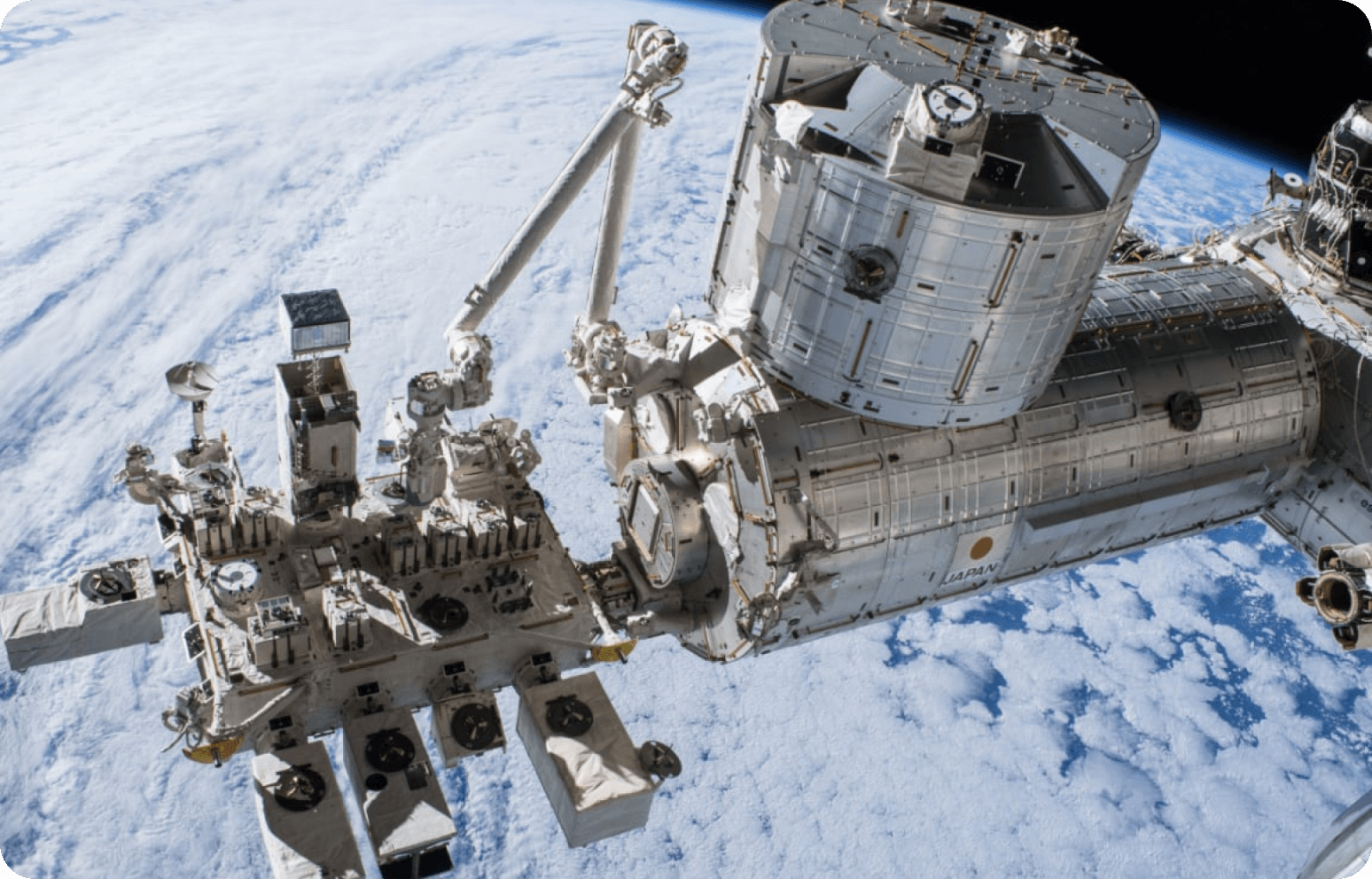In the 20th century, nations were promoting the idea of operating in space. As a result, various attempts were made to fly in space, giving everyone a dream.
In the 21st century, expectations for the space business have intensified. In the United States, reusable multi-stage rockets have been developed, and an environment is gradually being created in which people who are not astronauts can go to outer space and the International Space Station.
The major difference between the 20th century and the 21st century is that many venture companies, which are not part of the national government, are now able to aim for space together with the government. Like the Internet, which has developed rapidly in recent years, and the various businesses that have emerged from it, space provides us with a new frontier.
When we were born, it was still the world of comic books and movies, but in 20 years from now, business and daily life will be much closer to being active in space.
By 2040, everyone will have access to space.
From Japan to Space.
We are looking for people who are willing to take on the challenge with us.
To take on the challenge of space, The challenge of space requires a diverse group of professionals. We are looking for people of all ages and specialties who share the same goal of creating a space industry in Japan, We are looking for people of all ages and specialties who share the same goal of creating a space industry from Japan. Aerospace technology is the key to space advancement. Knowledge from different industries to create ideas that transcend the boundaries of the field. Backcast thinking to envision a bold future. By combining these three elements, we will create the space transportation system of the future, We will realize an era in which everyone can go to space as a matter of course. Join us in the challenge of pioneering the space age, Join us in the challenge of pioneering the space age.







Crossing IT with aerospace technology
backcasting thinking to realize space transportation.
Do you think that space travel is just a dream?
With our vision of " Creating an era when everyone has access to space", we aim to build a world where people can access space as if they were traveling abroad by the year 2040.
We are looking for people who are willing to take on the dynamic challenges of space development, which is an "all-Japan" effort with support from the government and funding from funds, and a team with a backcast mindset that combines aerospace technology with IT.

Creating an era when everyone has access to space
Company Introduction
Innovative Space Carrier Inc.CEO Kojiro Hatada
The Future of the Space Industry and Our Goals
"All-Japan" Approach to Space Development
Our country is one of the world's leading countries in terms of space exploration capability, and it is not something that emerging countries can catch up with even if they start making efforts now. There are only a few countries in the world that have the challenging right to carry people to space.
The space business is one of the few areas where Japan can take advantage of its technological depth to date and create a new industry. In addition, a problem common to many space transportation development companies is "financial difficulties," but we have the support of the Space Passenger Transport Association (SLA), a government organization that leads space development, and Incubate Fund Corporation, which recently raised 300 million yen in funding for us. We are well equipped to take on dynamic challenges.
We aim to achieve this by crossing the generations that have led the manufacturing powerhouse with the IT generation, the aerospace and IT fields, and by forming partnerships with a variety of companies.
We aim to achieve this by crossing the generations that have been responsible for the manufacturing powerhouse with the IT generation, the aerospace and IT fields and by forming partnerships with various companies.
We will create an era in which people can freely envision their ideal future in all directions.
We will create a new growth industry in this country and create added value and employment. We are founded with this in mind.









